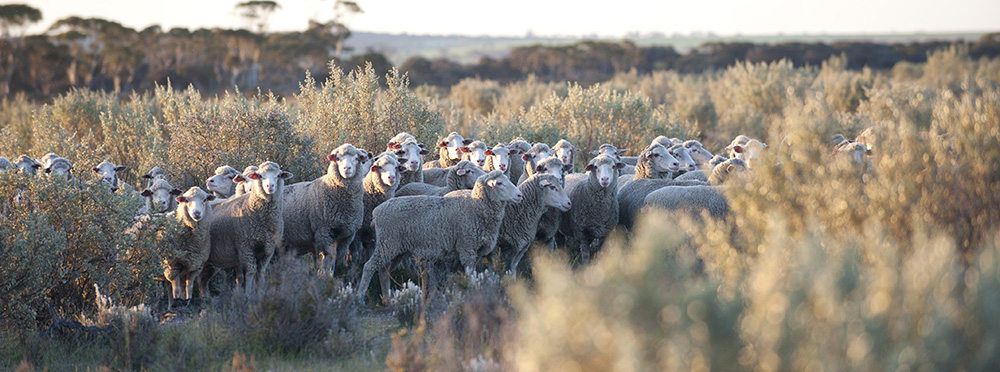It’s coming to one of the critical times of year when lambs are dropping and ewes need high nutrition to produce good milk to get the little fellas fat. However, recent rains have washed out a lot of nutrition in the crop stubbles and weeds need to be sprayed out ready for crops leaving very little feed for livestock. Hello Autumn Feed Gap!
This is when perennial pastures and shrubs (saltbush, Rhagodia, Mariana) and summer sown pastures and crops become a helpful source of green feed reducing the need for and cost of supplementary feeding. These options aim to take advantage of summer rain, which is occurring almost every year; we just don’t know when or how much will fall.
Perennial shrubs are high in protein, minerals and Vitamin E and may also have better digestibility after the recent rains but will likely need a high energy supplement feed coupled with it. With predictions of a hot dry autumn, forage shrubs will also provide livestock with shade which can have a significant positive impact on lamb survival and sheep production.
Suitable perennial pastures and summer sown pastures and crops for the central and eastern Wheatbelt are limited, but there are many trials happening to find out if there are any species that will grow well in our region. They offer a huge potential as another source of green feed over summer.
Check out current WNRM trials with perennials and summer crops and pastures:
Tedera establishment and production in the Facey Grower Group Wickepin region
Soil health improvements in established perennial forage sites
Improving the productivity of old saltbush stands
Suitability of Rhagodia species to wheat and sheep farming in WA
Forage for the feedgap - getting high value feed from marginal land
Evergreen perennial pasture establishment
Spring sowing in the Wheatbelt for animal and crop production


